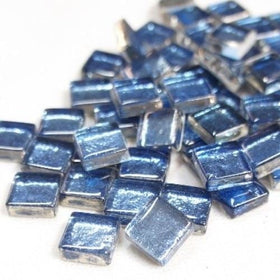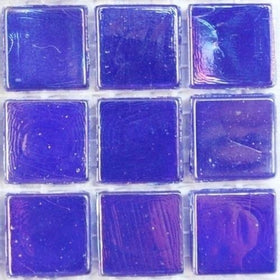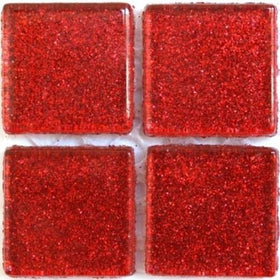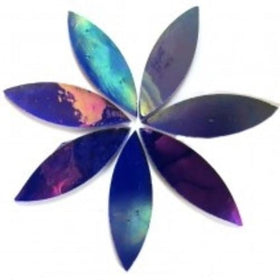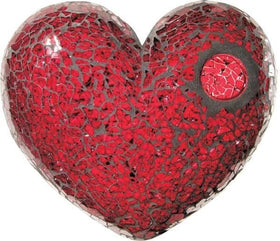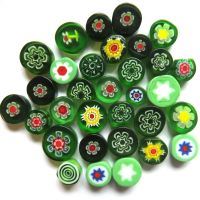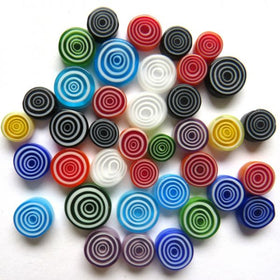Mosaic Art in Public Spaces
The mosaic art form lends itself well to the public domain. From monumental sculptural installations to finely detailed smaller works that adorn window sills and decorate plazas; the durability of mosaic materials make this art form a common choice for artworks that are installed in public spaces. Mosaics have stood the test of time as witnessed in the famous Bibi Xanum Mosque in Samarkand, Uzbekistan.
Clearly mosaic patterning has been employed here to enhance the beauty of this sacred building. In Uzbekistan the mosaic panelling of buildings is a historical tradition that has carried forward through time and is still evident in contemporary architecture.
When an earthquake struck the Uzbek city of Tashkent in 1966, many buildings were destroyed. A massive rebuilding of the city followed and new mosaic panelling was commissioned. Artists were employed to depict Uzbek cultural themes as well as Russian political ideology; a reflection of the times, the place and the individual creators themselves. The new Tashkent rose from the rubble of the old and the public art commissioned during the renewal has created a snapshot of the era.
Teams of construction workers from all over the Soviet Union were called in to participate. The buildings that resulted often reflected the interests and origins of the workers/artists assigned to the task. Now Russian cosmonauts float on the sides of buildings and Ukrainian text occasionally can be found on housing walls!
All public art eventually becomes part of the community’s history. Many different segments of a society are involved in the process of bringing a single work of public art into reality, no matter the location. Community organizations, private and public funding agencies, local businesses, neighbourhood residents and artists are all involved in the process of commissioning art for public spaces.
The work chosen for a specific site may reflect the values a community holds dear. The plaque below sits along-side a staircase of 163 steps in the Golden Gates Neighbourhood of San Francisco in California. Many of the tiled pieces used on the risers of these steps were made by members of the community under the direction of two mosaic artists, Colette Crutcher and Aileen Barr. You can view pictures of the completed project here.
Landscapes are often transformed when artwork makes a public appearance. Australian artist, Deborah Halpern, uses a palette of vibrant colours when designing the whimsical giants that have become landmarks in the communities where they are installed. Perhaps most notable is the sculpture titled, Angel. She lists Picasso as one of her inspirational influences and his surreal influences are readily seen in this ambitious creature, which towers 10 metres above the ground, where it now sits on the Yarra Riverbank in Melbourne.
Halpern’s work is loved by both children and adults. Another of her commissioned sculptures, Power of Community, stands solidly ensconced in Beauty Park, Frankston. It depicts a family, arms linked and smiling; a whimsical reflection of the people who frequent the location.



